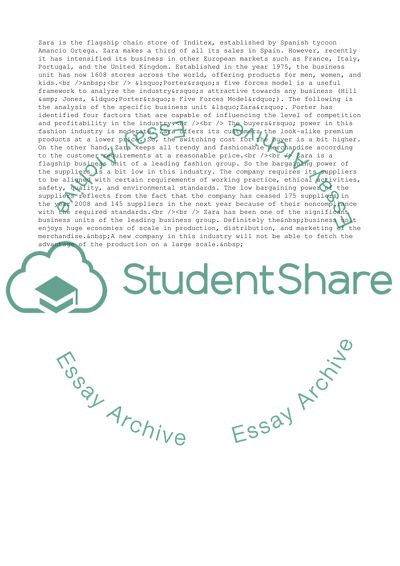Cite this document
(Strategic Management-Zara Case Study Example | Topics and Well Written Essays - 2731 words, n.d.)
Strategic Management-Zara Case Study Example | Topics and Well Written Essays - 2731 words. Retrieved from https://studentshare.org/management/1573904-strategic-management-report
Strategic Management-Zara Case Study Example | Topics and Well Written Essays - 2731 words. Retrieved from https://studentshare.org/management/1573904-strategic-management-report
(Strategic Management-Zara Case Study Example | Topics and Well Written Essays - 2731 Words)
Strategic Management-Zara Case Study Example | Topics and Well Written Essays - 2731 Words. https://studentshare.org/management/1573904-strategic-management-report.
Strategic Management-Zara Case Study Example | Topics and Well Written Essays - 2731 Words. https://studentshare.org/management/1573904-strategic-management-report.
“Strategic Management-Zara Case Study Example | Topics and Well Written Essays - 2731 Words”, n.d. https://studentshare.org/management/1573904-strategic-management-report.


